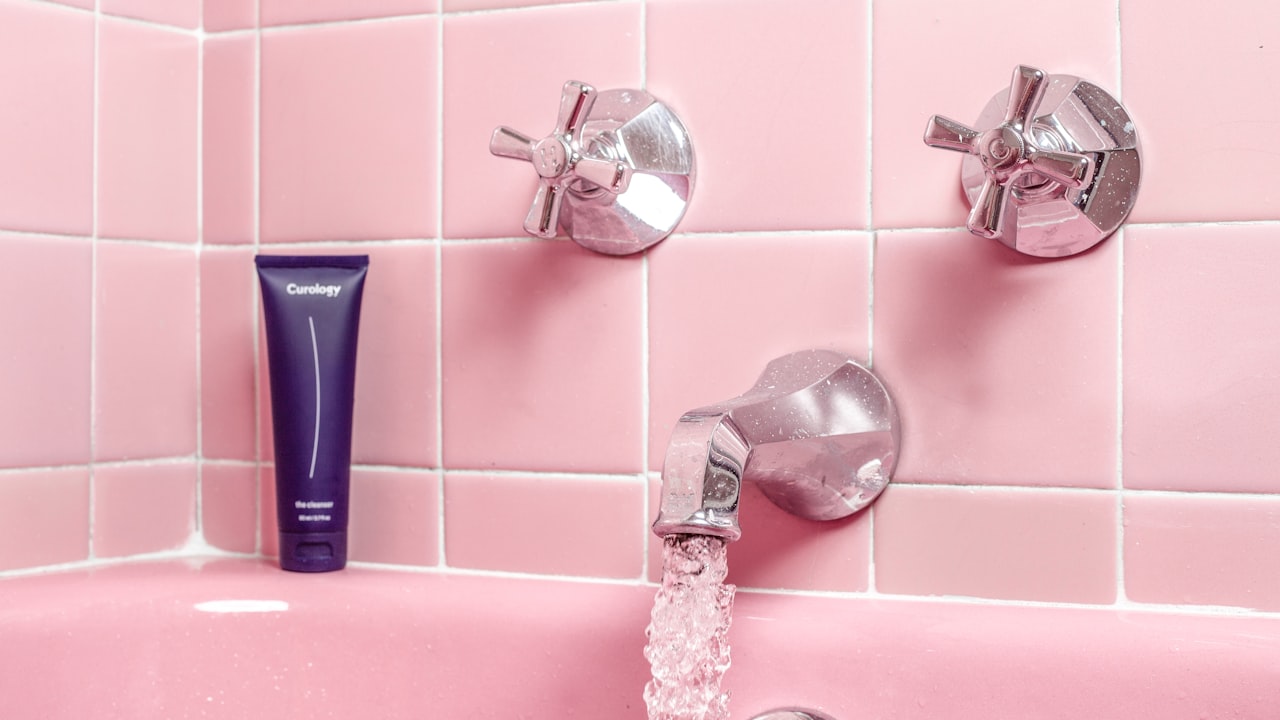The skincare manufacturing process is a very risky procedure. If one mistake happens, then it may severally impact a product. Skincare products are generally sensitive products. Mainly because they deal with human skin, a contaminated product can lead to catastrophic events on the consumer's skin. Therefore, the skincare supplier must ensure that all products are quality. One of the ways to guarantee quality is through manufacturing process monitoring. Below is a simple guide to how manufacturers monitor the production process;
1. Microbial detection during the skincare manufacturing process
One of the critical aspects of monitoring the production process is microbial detection. It ensures that the skincare product is of very high quality. The microbial detection process is responsible for controlling microorganisms in the human body and air. Any harmful microorganisms present may contaminate the product. Therefore, the microorganism's inspection process ensures that a manufacturer can determine the impact of a microorganism on a consumer. If the microorganisms can impact a consumer's product use, the manufacturer can solve the issue. Thus, ensuring that they can maintain high-quality standards.
2. Raw materials storage
Raw materials used in the skincare manufacturing process must be fresh and of the highest quality possible. Thus, the manufacturers need to ensure that they store them well. One of the ways to ensure proper storage is by sorting out the raw materials daily or weekly. The purpose of sorting out is to ascertain that they are all fresh. Also, manufacturers eliminate all expired inventory. Expired raw materials may impact the overall product quality.
3. Measurement of raw materials during the skincare manufacturing process
Different products have various raw materials measurement requirement levels. Thus, manufacturers measure the raw materials to ensure that they can maintain quality. The manufacturers usually have a control program. The program's main goal is to measure the content and type of raw materials. Once they have the results, they record them in a database. From there, they use the results to convert them into barcodes. Thus, one of the crucial ways manufacturers monitor quality is by ensuring they use precise ingredient measurement.
4. Inspection of raw materials
Manufacturers inspect raw materials to ensure no contamination occurs. They do it by inspecting the raw materials' feel, aroma, and color. The inspection process also involves the use of testing machines. The testing machines are responsible for checking the qualitative aspects of the raw materials, such as hardness, viscosity, color, or content. The inspection process ensures that the raw materials' quality is not compromised. It also ensures that the end product will meet high-quality standards.
5. The supervised skincare manufacturing process
The skincare manufacturing process involves filtration, chilling, dispersion, emulsification, and dissolution. Manufacturers ensure that they supervise all the processes. The main goal of supervision is to ensure that they can maintain quality in all the processes. One issue in any of the stages can reduce the quality levels. Thus, manufacturers ensure they keep track of all the production processes.
6. Chemical and physical testing
Manufacturers conduct physical and chemical testing of the finished product. Its main goal is to ascertain that the product meets the required standard.
Conclusion
Manufacturers need to conduct the skincare manufacturing process with the highest degree of caution. It is because any contamination present may impact the product's quality. Furthermore, bad product quality may not sell well in the market. It may also have adverse effects on consumers' skin.


